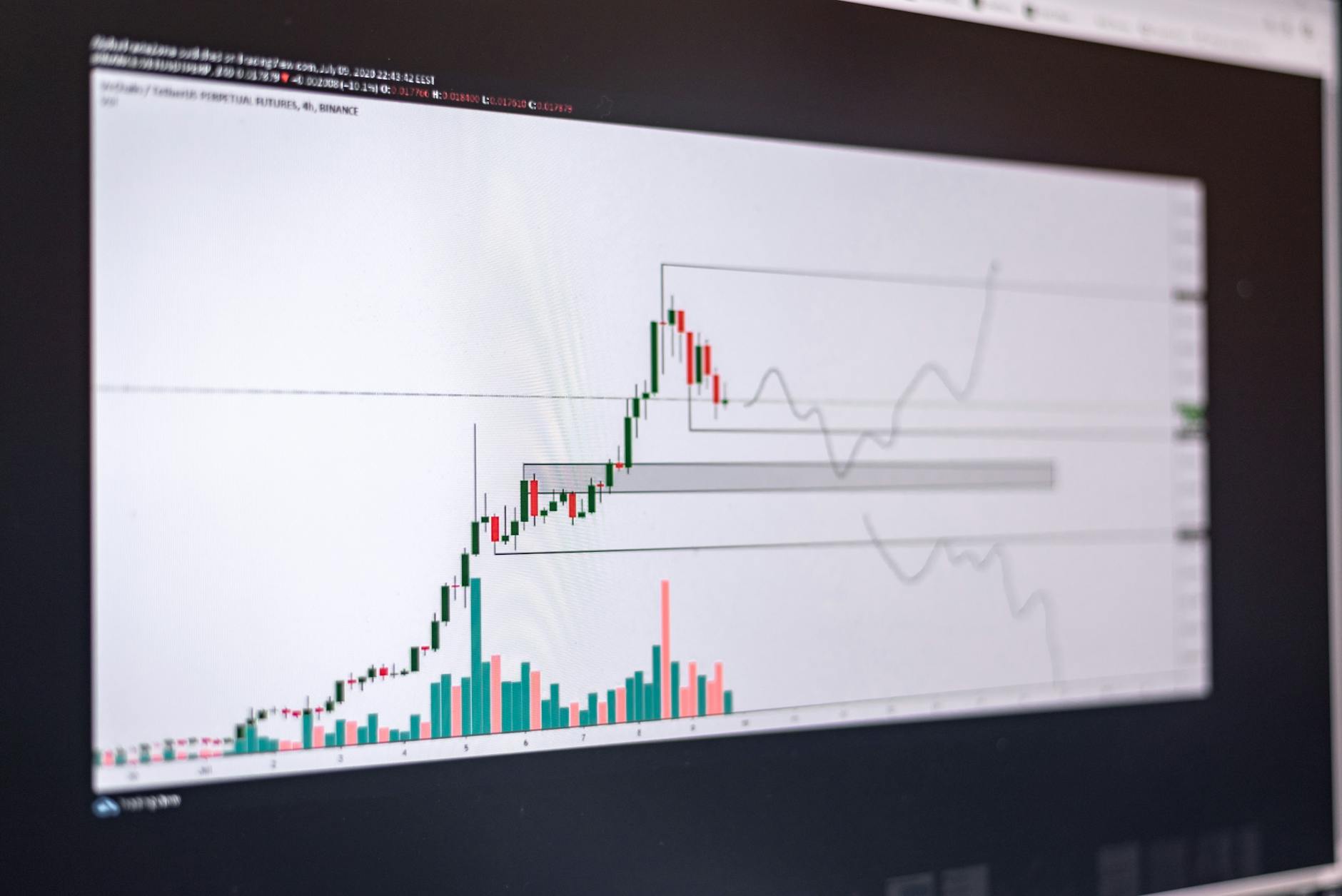Hey crew, Stock-Trader Steve here. Let’s talk about something that’s cost more folks more money than a questionable YOLO on penny stocks: panic selling. We’ve all been there – that gut-wrenching feeling when the market dips and your instinct screams, ‘SELL EVERYTHING!’ But before you grab your keyboard and unleash the digital equivalent of a primal scream, let’s dissect why we do this crazy thing.
Understanding the Beast: Behavioral Biases
The truth is, our brains aren’t always the most rational players in the investing game. We’re influenced by a host of cognitive biases that cloud our judgment, especially during stressful times. One of the biggest culprits is the availability heuristic – our tendency to overestimate the likelihood of events that are easily recalled. When the news is flooded with doom and gloom, we’re more likely to assume the worst, even if the reality is more nuanced.
Another major player? Loss aversion. Studies show we feel the pain of a loss about twice as strongly as the pleasure of an equivalent gain. This powerful emotional response can trigger impulsive decisions, leading us to sell assets at a loss simply to avoid the pain, even if it’s financially illogical. Ever felt that knot in your stomach during a market downturn? Yeah, that’s loss aversion at work.
And then there’s herding behavior – the tendency to follow the crowd. When everyone around you is selling, it’s easy to get swept up in the panic and jump on the bandwagon, even if you’re not entirely sure why. It’s like a mosh pit of irrationality—everyone’s doing it, so you should too, right? Wrong. Think for yourself.
The Numbers Don’t Lie (But Our Emotions Do)
Research backs up these biases. A study published in the National Bureau of Economic Research showed that individual investors are significantly more likely to sell stocks during market declines, often at the worst possible times. This behavior leads to lower returns in the long run. Let that sink in for a minute. This is not some random metal dude’s theory, this is straight-up data.
The Investopedia points out that panic selling is a classic example of emotional investing—a recipe for disaster. These emotional responses are completely understandable, but they are enemies of sensible, long-term investment strategy.
Smart Strategies for Steady Hands
So, how do we combat this primal urge to bail when things get rough? First, remember that market fluctuations are a normal part of the cycle. It’s not always smooth sailing, and sometimes, things get downright brutal. If you’re planning for the long term, those short-term dips shouldn’t trigger a major panic. Instead, consider if you have appropriate levels of diversification. Your portfolio should withstand some bumps and bruises without having you run screaming for the exits.
Second, develop a well-defined investment plan. Before you invest, know your risk tolerance and stick to it. Having a plan will anchor you and guide you through stormy times. If you stick to the plan, you might not always make the highest gains, but you certainly will avoid panic selling.
Third, remember to disconnect and take a deep breath. Seriously, if you’re feeling overwhelmed by market news, take a break. Step away from the screen, have a beer (or five), and come back to it with a fresh perspective. Maybe even grab a trading degen coffee mug and contemplate the beauty of a long-term plan. You’ll feel better.
Beyond the Charts: Mindset Matters
Finally, work on your mindset. Investing isn’t just about numbers; it’s about your emotional resilience. Learn to recognize and manage your own biases. It’s a lifelong journey, and self-awareness is your most powerful tool. You’ll get better at managing your responses, and ultimately your portfolio’s health.
Remember, folks, I’m not saying ignore market trends completely. But let’s replace knee-jerk reactions with thoughtful analysis. Smart investing is less about chasing short-term gains and more about weathering the storm and coming out stronger on the other side. You’ve got this. Now, let’s go make some serious cash!


